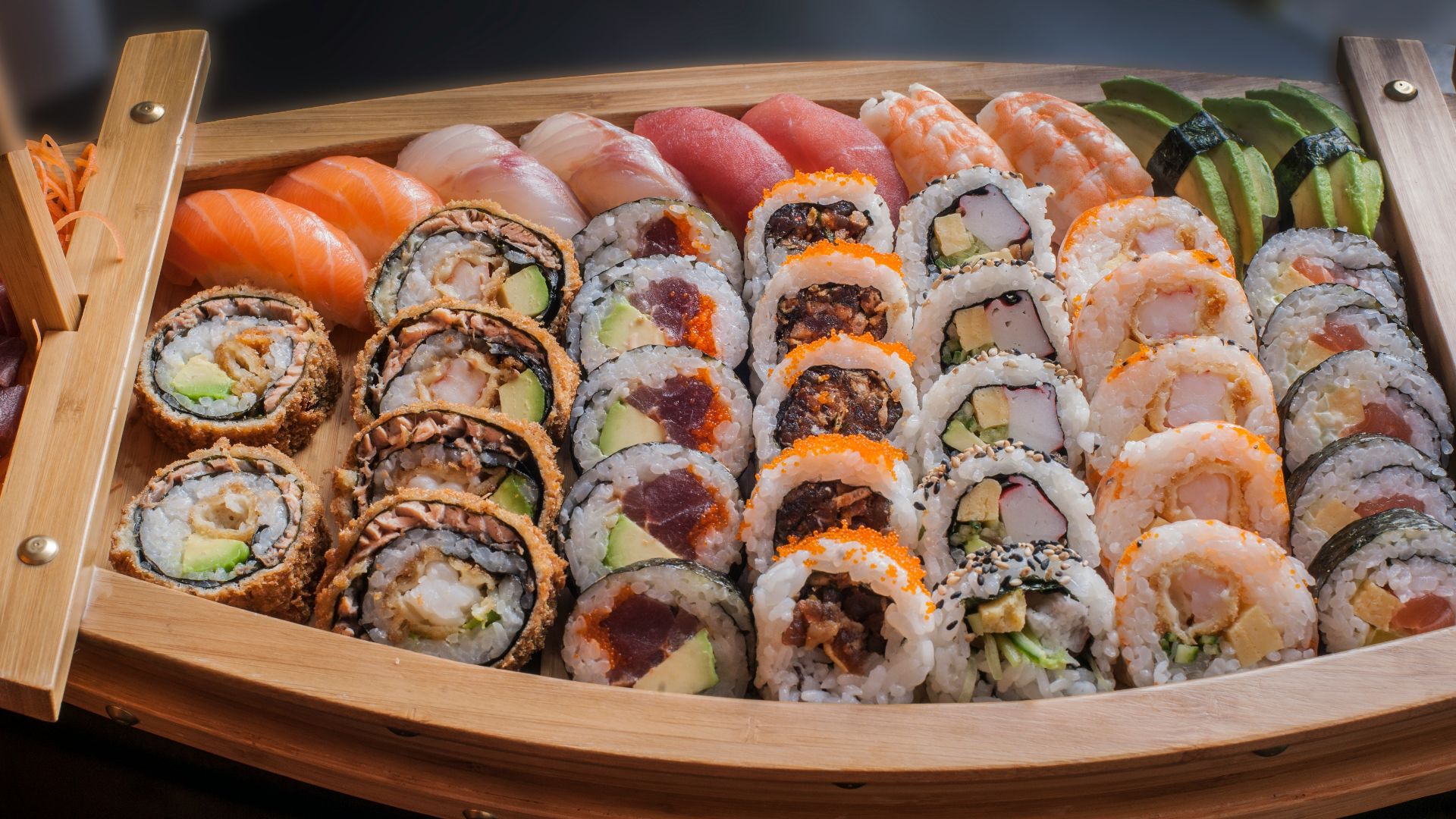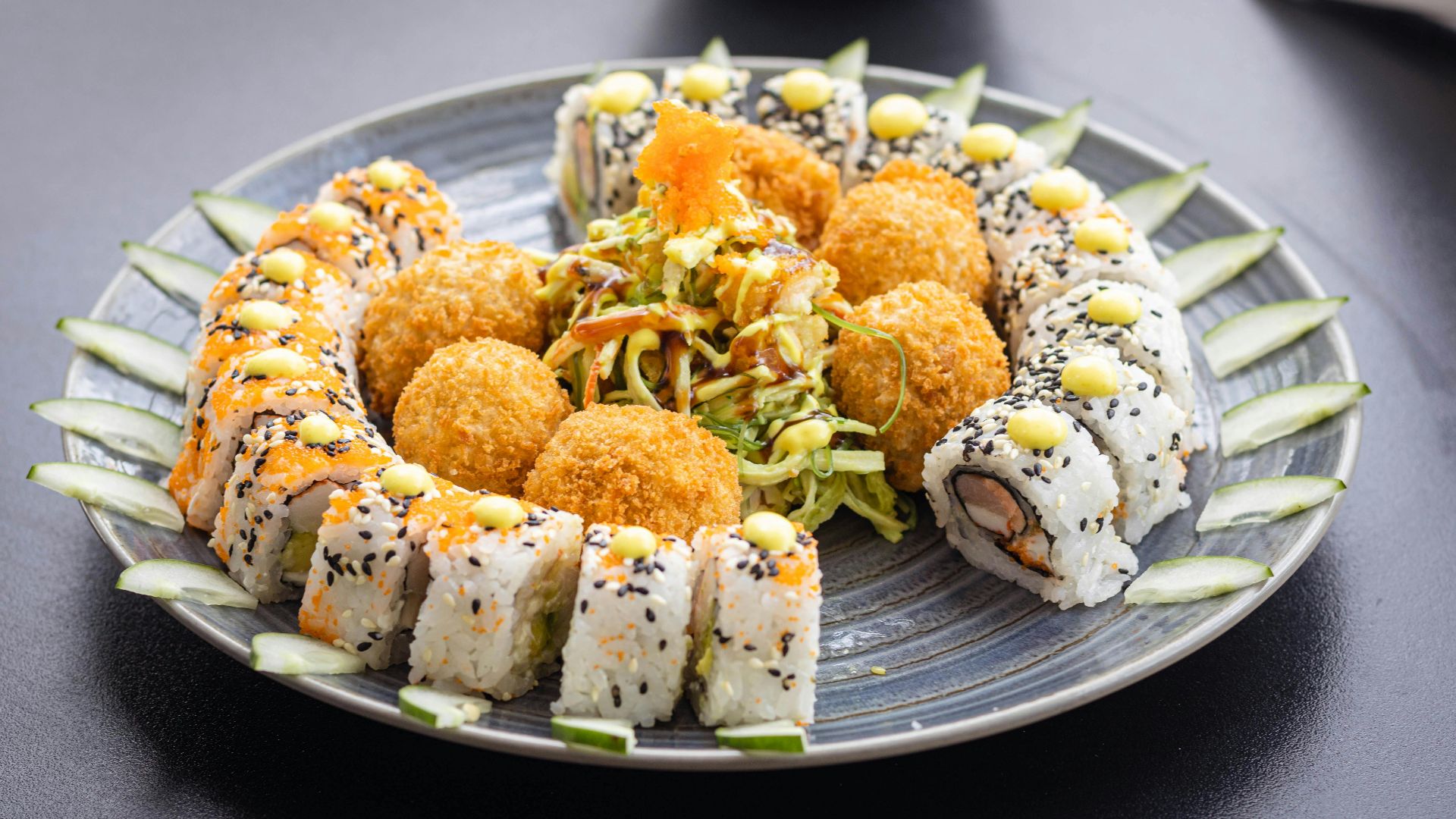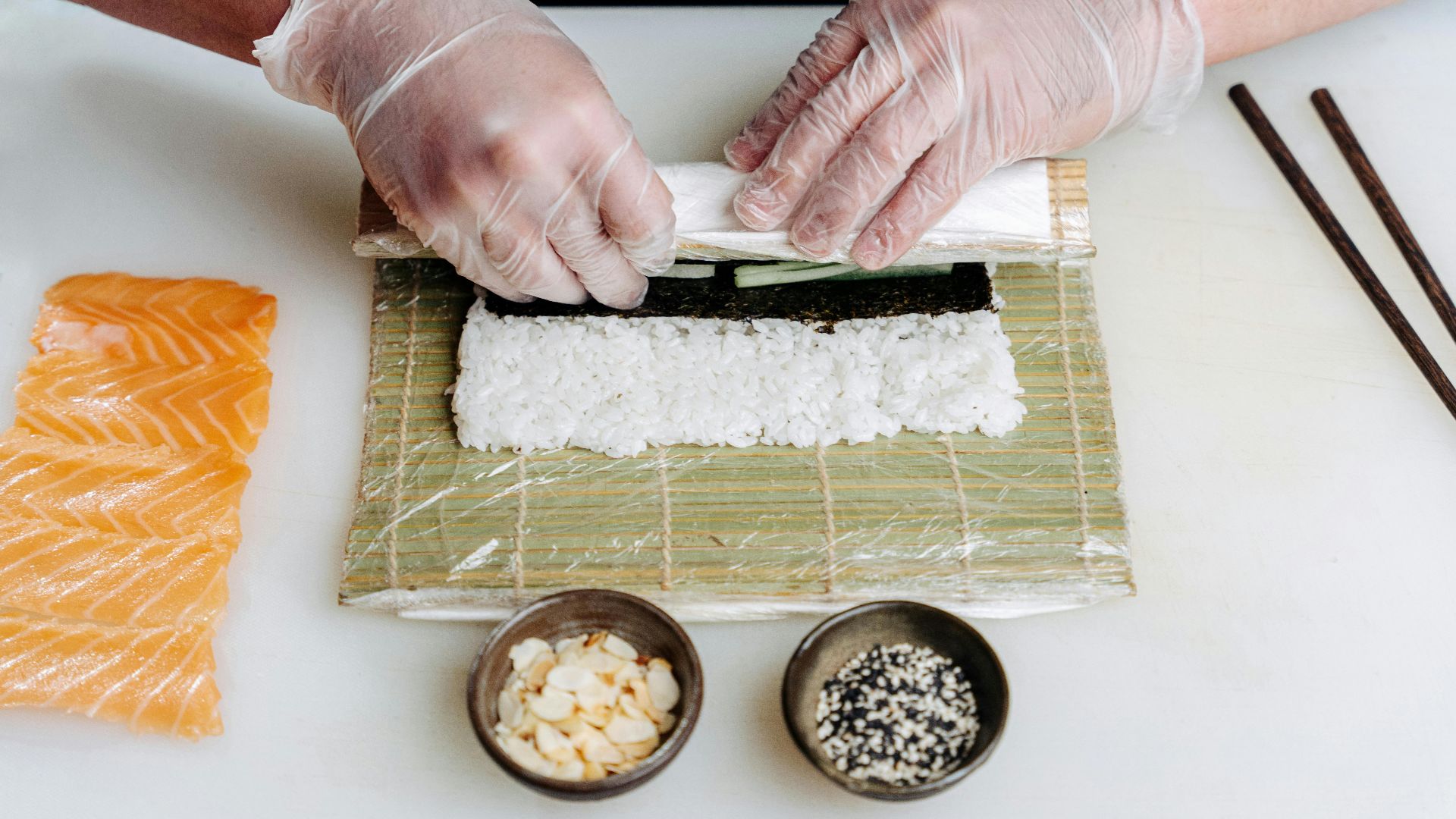Mixed Origins: Who Actually Invented the Beloved California Roll?
The California roll is practically ubiquitous these days. You’ll find it on the menu in high-end sushi restaurants, as well as grocery stores—even gas stations, if you’re desperate enough. Like many things that go on to become cultural icons, the origin story is hotly contested by the players vying for a role in its creation. Everyone wants a piece of the legacy, and like most things, the truth is probably somewhere in the middle.
Was it the brainchild of chef Ichiro Mashita at Tokyo Kaikan, a restaurant in the Little Tokyo area of Los Angeles, or a bold Japanese Canadian chef experimenting in his kitchen in downtown Vancouver? Whoever it was who inspired its creation, one thing is clear: it singlehandedly introduced North America to the world of sushi.
The Los Angeles Claim
Some claim it all started in Los Angeles sometime in the 1960s or ’70s. Chef Ichiro Mashita at Tokyo Kaikan supposedly flipped convention by putting avocado inside instead of raw tuna, reasoning that American diners wouldn’t touch raw fish.
He placed rice on the outside, covering the edible nori seaweed like a secret. Suddenly, sushi felt approachable to an unfamiliar audience. This slight amendment was the Trojan horse that bypassed local taste aversions, inspiring further creative adaptations and helping sushi become a mainstream cuisine in North America.
The Vancouver Angle
Meanwhile, across the border in Canada, Chef Hidekazu Tojo of Vancouver claims he invented it in 1971. He also wanted to appeal to North American palates, using fresh Dungeness crab (or imitation), avocado, and other local ingredients, naming it the Inside-Out roll initially.
Tojo’s version gained popularity among Vancouverites and visitors from California, which contributed to the roll’s eventual moniker of “California roll.” Vancouverites will tell you it’s the birth of modern sushi outside Japan, and maybe they’re right. Or maybe they just have a really good marketing department.
The Avocado Controversy
Here’s the thing: avocado isn’t Japanese; it’s Mexican. And yet, somehow the pairing works perfectly. It’s creamy, slightly sweet; basically, a perfect foil for crab and sticky rice. Some sushi purists bristle at the idea, but for everyone else, it’s a genius addition and has inspired other even bolder variations like mango and cream cheese. There’s something almost absurdly comforting about biting into one while your chopsticks wobble in your hand because sushi etiquette is something us Westerners must figure out on the fly.
The Nori Debate
 Riccardo Bergamini on Unsplash
Riccardo Bergamini on Unsplash
The California roll upended several core principles of Edo-style sushi (the Tokyo-born standard most purists follow). Putting the nori on the inside wasn’t just a violation of tradition, it was flying in the face of the culinary principles of texture and structure. It ignored that balance of salt and the snap of outer nori tension that held everything neatly together. It disregarded the convention that rice was tucked neatly inside, where it wouldn’t cling to your fingers or smudge your soy dish.
The differences didn’t stop with the presentation; the California roll swapped fish for surimi, rice for nori, and packed in additional fillings that all jostled for the attention of your taste buds. Yet, somehow, it worked. Maybe that’s why it endured: it wasn’t pretending to be Japanese; it was Californian through and through.
Why It Matters Anyway
Does it really matter who invented it? Maybe not, but the debate is fun, and it reminds us that like culture itself, cuisine shifts, absorbing new influences and turning yesterday’s heresy into tomorrow’s tradition.
The California roll is proof that even with a dish as basic as rice and seaweed, risk-taking is possible. Next time you grab one, take a moment to notice the details—the tiny specks of sesame seed, the gentle firmness of avocado, and the delightful imitation crab—and imagine the chefs arguing somewhere over who truly deserves the credit.







